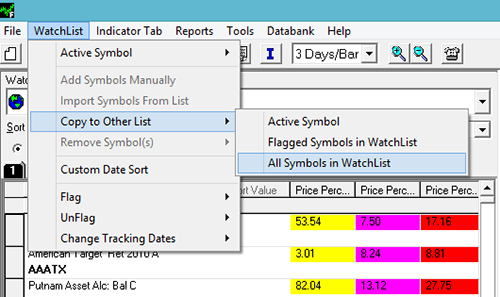How To Pick Your First Mutual Fund
Post on: 28 Май, 2015 No Comment

P icking your first mutual fund is kind of like a first datescary at first, but later you wonder what all the fuss was about.
This past weekend, a close relative spent some time with my family and me. Well call her Susie (not her real name). Susie is 31, has one daughter (cute as can be), and has no retirement savings (not so cute). Her employer not only offers a 401(k), but also matches 100% of all contributions up to 6% of Susies pay. We got to talking about why shes never starting saving for retirement, and her answer was very illuminatingintimidation.
Sure, there have been times when money was tight, but one of the biggest hurdles was not knowing where to invest her money. We spent about 30 minutes looking over her investment options, and Im happy to report that shes enrolled in her companys Fidelity 401(k) plan and contributing 7% of her gross pay. If you or somebody you know is in a situation similar to Susie, this article is for you.
Whats The Biggest Mistake You Can Make?
As intimidating as picking your first mutual fund may be, the absolute biggest mistake you can make is not picking your first mutual fund. Its easy to put off retirement savings for another week, or another month, or another year while you think about your investing options. Susies 401(k) has about 12 fund options, including stock and bond funds and a few lifestyle or fund-of-fund options (basically, a mutual fund that invests in other mutual funds rather than individual stocks).
Picking ANY of those mutual funds would have been a better choice than not investing at all. The point is, dont let fear or intimidation keep you from picking that first fund.
What Should You Look For In Your First Mutual Fund?
Assuming you have many, many years to retirement (which I hope since this is your first mutual fund), at least two things will be important to consider:
- Diversification: A mutual fund that invests in a wide array of companies is a great choice for a first fund. Some mutual funds are limited to a specific industry, sector or geographic region. While these can be great funds as part of a larger asset allocation plan (See my Beginners Guide to Asset Allocation series ), they would not be my choice for a first mutual fund.
- Cost: Cost is always important. For an S&P 500 index fund, look for costs to be less than 10 basis points (0.1%). For actively managed funds, I look for costs to be less than 100 basis points.

Two Options
With these considerations in mind, here are two good choices Id seriously consider today if I were starting out as a new investor:
This was Susies choice. Her plan offered a Fidelity S&P 500 Index Fund that costs just 5 basis points per year (0.05%). 100 basis points is equal to 1%. In other words, for every $100 Susie invests in this fund, the fund will charge her account just 5 cents per year.
And the fund provides instant diversification, as it invests in the largest 500 U.S. public companies. One thing to note is that the amount invested in each of the 500 companies is based on the market capitalization of the company, which Ive written about before. What that means is that more will be invested in the larger companies (e.g. Microsoft or GE) in the fund than will be invested in the smaller companies.
An Index fund is not the only option, however. Another choice Susie had was to invest in a fund that owns other mutual funds. Fidelity calls them Freedom Funds while Vanguard has a similar set of funds it calls Target Retirement Funds. These funds provide a mix of domestic and foreign stock funds and bond funds all rolled into one. The mix is based on how many years you have left until retirement. The upside is simplicity. One fund and youre done. The downside is lack of control. Youre basically limited to a few options. Again, not a bad choice, just not what Susie wanted.
Other Options
There are other options, of course. Susie could have chosen the Fidelity Magellan fund (FMAGX). The fund is closed to new investors, although the option was available to her through her companys 401(k). Magellan is an actively managed large cap fund that may have seen its best days years ago under the management of Peter Lynch. My first mutual fund was Legg Mason Value Trust (LMVTX), another actively managed stock fund run by Bill Miller. Picking an actively managed fund, I believe, requires a lot more research than choosing an index fund or single fund solution. So I think Susie made a great choice.
If you are a beginner, I highly recommend the book, The Bogleheads Guide to Investing . Ive bought Susie a copy, which she has promised to read. Along with the Fidelity S&P 500 index fund, she is off to a great start. If youre just beginning or know somebody who is, let us know how you picked your first fund.














